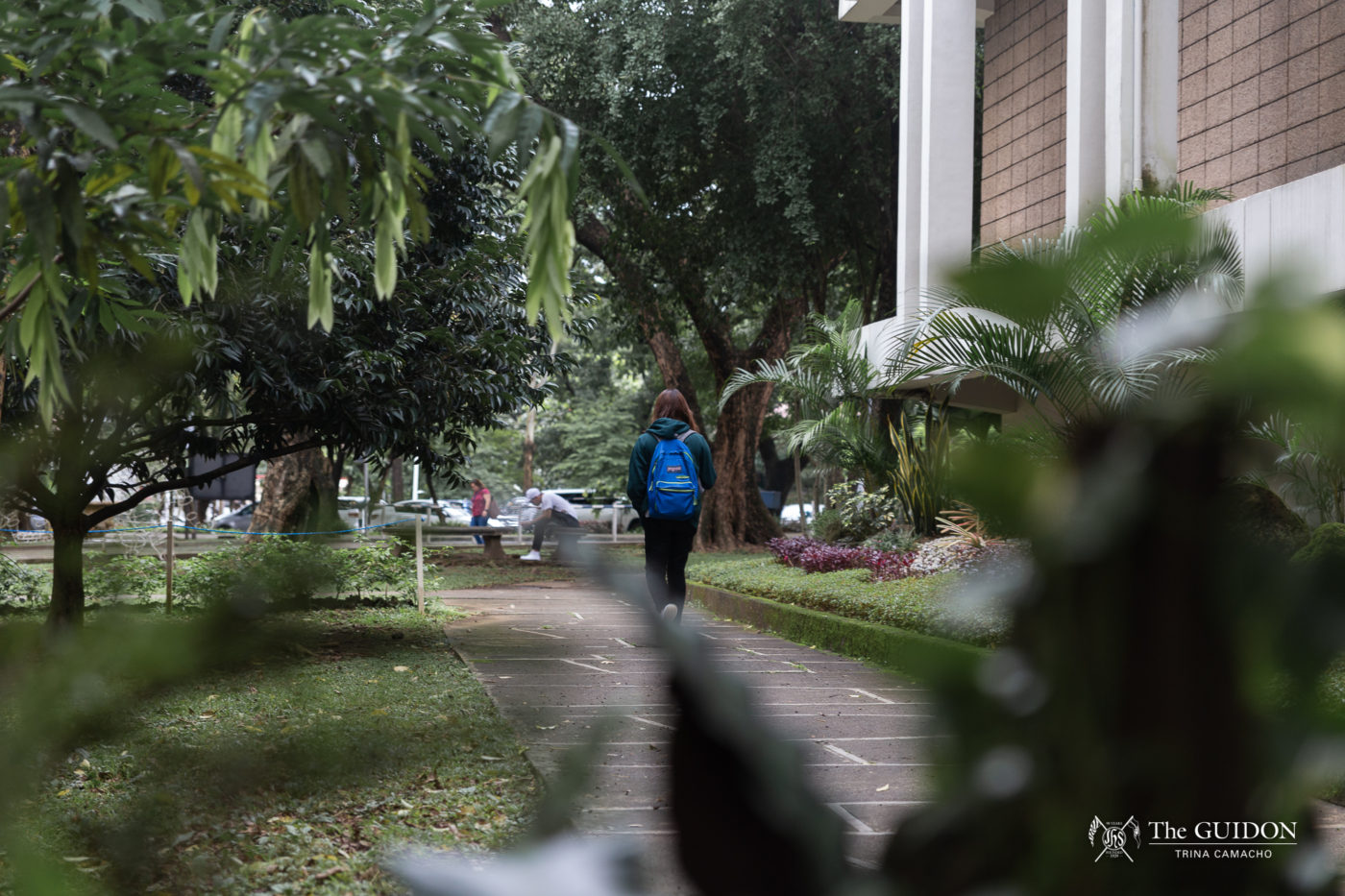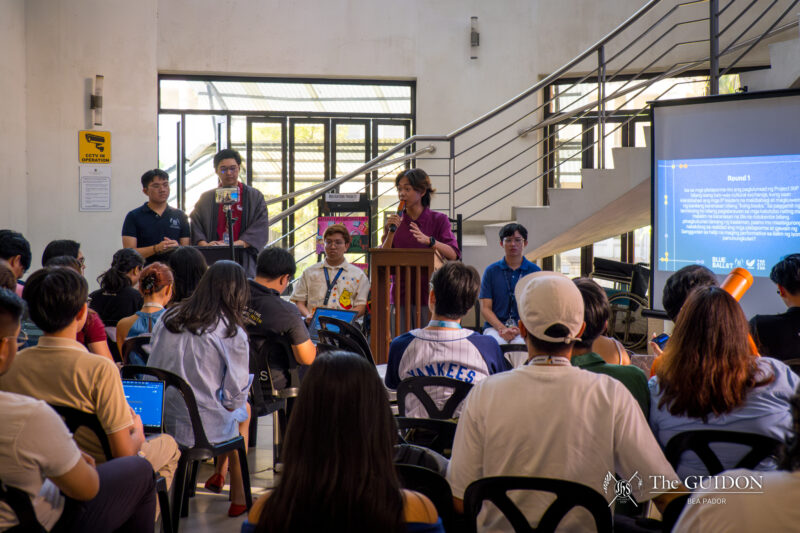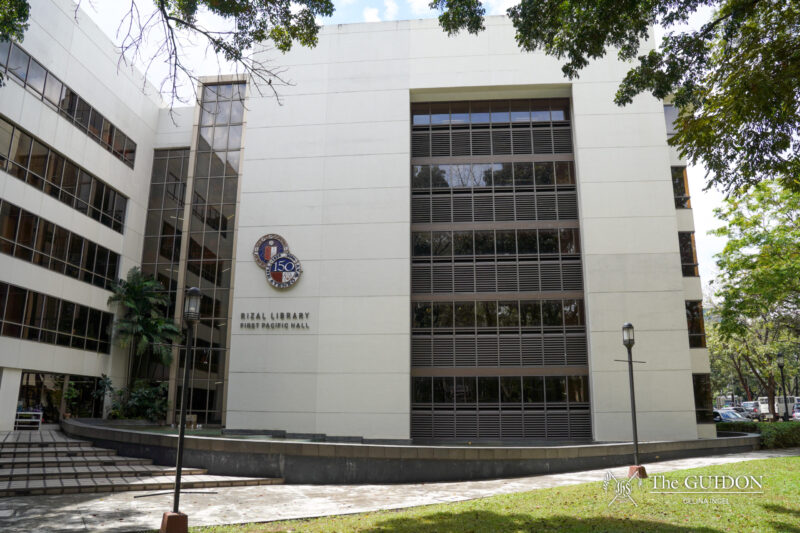UNIVERSITY REGISTRAR Joaquin Julian B. Agtarap, along with Associate Dean for Academic Affairs (ADAA) Josefina D. Hofileña, PhD, has been working on a proposal that aims to reduce the number of school days for the Loyola Schools from six to five.
Although there have been discussions as early as 2006, Agtarap was the first to introduce a proposal on the five-day school week. He presented it to the School Forum, which is comprised of all faculty members as well as the Loyola Schools Administrators Council.
The initial proposal converts one-hour classes on Mondays and Wednesdays to the 90-minute class format of Tuesday-Thursday schedules. Weekday activity hours for extracurricular work will then be collectively moved to the empty day—tentatively Friday—which will then become the “activity day.” Meanwhile, Saturday classes will retain the same schedule scheme.
While other universities are currently implementing a reduced schedule, this proposal for the Ateneo still holds the same provisions in suggested schedule since its formation in academic year (AY) 2017-2018. Further studies to improve the proposal are still ongoing.
Possible compromises
Although such a proposal has been sought after by students, VPLS Maria Luz Vilches stated that both faculty and students should be willing to deal with various adjustments like striking changes in class schedules.
This entails starting classes as early as 8:00 AM since several classrooms are vacant at that time slot. However, she noted that this could be a difficult compromise as “some faculty members do not want to come that early.”
Agtarap elaborated that piling up the schedules would lead to pushing class hours way into the night. In the initial proposal, the latest classes would end at 10:30 PM, which was deemed “unacceptable” by various forums.
However, Hofileña noted that the reduced school week would be “beneficial” for students who have classes on Saturdays since the proposed schedule would give them a one-day break as opposed to having classes six days a week.
However, she also admitted that changing thrice-a-week classes to a twice-a-week schedule may have implications on students’ learning.
“Questions that were raised also had to do with the pedagogical [effects of the reduced work week]. What will be the impact on learning?” Hofileña added.
“Lukewarm” response
According to Vice President for the Loyola Schools Maria Luz Vilches, PhD, the proposal was met with “lukewarm” reactions from students when it was first discussed in AY 2017-2018.
“[We asked the Sanggunian] to do a survey [on] the students. I’m not sure if they did. Nothing came back to us kasi nga lukewarm sila. That’s what happened at that time,” Vilches said.
Former Sanggunian President Ia Marañon stated that an initial consultation with around 20 students later prompted the Sanggunian to conduct a survey, which revealed the proposal was “not well received.” Marañon shared the students’ sentiments, saying that Ateneo is “already hectic at the current six-day work week set-up.”
According to Vilches, students were “uninterested” in the proposal due to the fact that they found it “inconvenient” to go to campus on the empty day just for their organizational activities.
Marañon further recalled that the Council of Organizations of the Ateneo (COA) was also against the proposal since it would be implemented at the expense of the bi-weekly activity hours held on Mondays and Fridays, 5:00 PM to 6:30 PM.
Additionally, Agtarap mentioned that the faculty seems to be pushing for the five-day school week more than the students. For faculty, this five-day work week entails a much shorter teaching schedule.
“[I] think they wanted to be given a similar arrangement that our peer schools are given,” he said.
Logistical concerns
The public’s response aside, Agtarap said that the main factor being taken into consideration is the limited number of classrooms Ateneo has. He said there would be a need for classrooms that will both fit within the number of subjects that is offered every semester as well as the number of students in those classes.
Vilches also mentioned that by the time the student population is normalized in AY 2022-2023, there will be a need for more classrooms.
“Right now we’re okay because there are two cohorts [of batches] that are small,” she said, referring to the third and fourth year batches. “But then when we get bigger, when we get normalized, what’s it going to be like in five years time?”
Furthermore, Hofileña questioned whether there will be enough slots for the School of Science and Engineering (SOSE) laboratory facilities.
According to Agtarap, one solution to this is to build more classrooms to accommodate more students without having to end classes late.
Vilches also shared that the addition of classrooms is already under discussion. She clarified that this discussion does not pertain to the construction of new buildings, but to the addition of more floors to the already existing ones.
“In a year or so, we are building two additional floors for classrooms and science labs in the [Science Education Complex],” she said.
Agtarap was asked by the faculty to come up with an inventory on the specific use of classrooms upon the announcement of his proposal. Although the University Registrar handles the scheduling of classes in most classrooms, there are also some academic departments that handle their own classroom and conference room scheduling, that need to be counted in the inventory.
According to the Office of the Registrar, the data for this inventory will be gathered throughout AY 2019-2020.
“Right now, not all of the variables are under my control,” Agtarap said. “Until we’re able to get the inventory, I can’t [improve upon the initial proposal] yet.”







